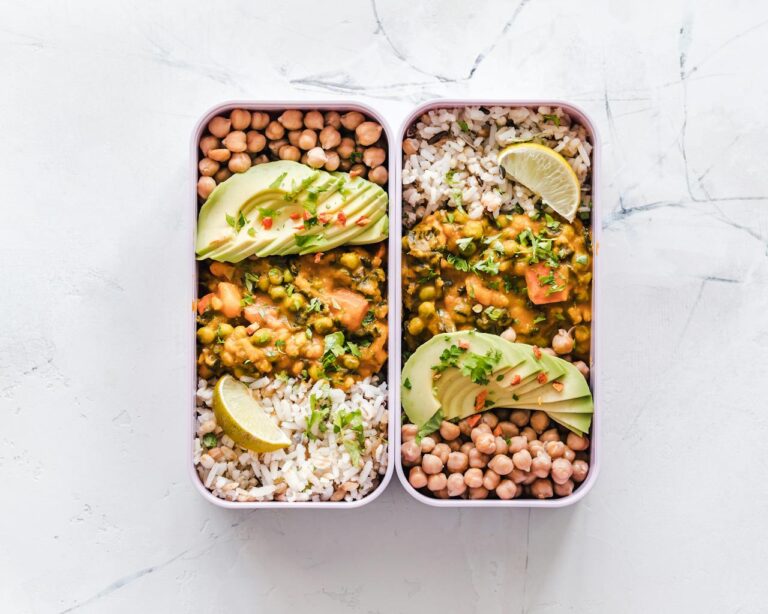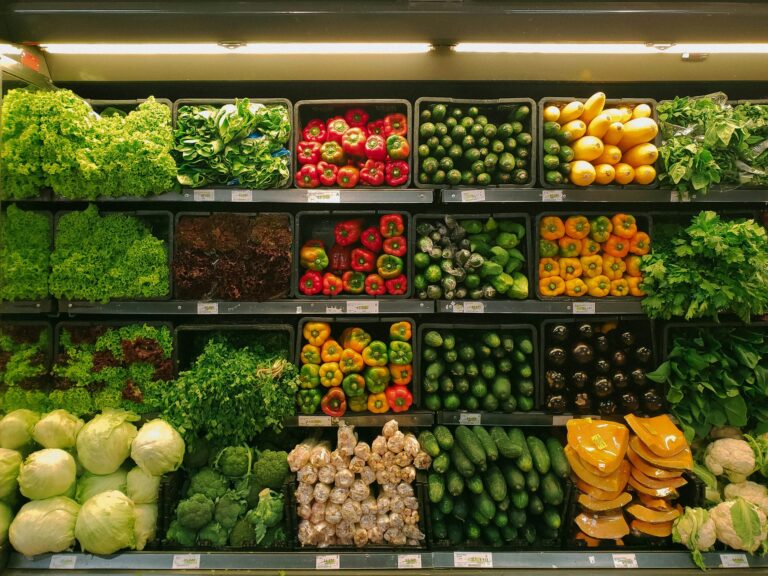Can you eat well on just $50 a week? Absolutely. With the right plan, a little creativity, and smart shopping strategies, you can stretch your budget and still enjoy balanced, delicious meals.
This challenge breaks down a full week’s worth of food, including a shopping list, meal plan, snack ideas, and cooking tips to help you maximize every dollar. By focusing on affordable staples, batch cooking, and simple recipes, you can ensure that nutritious meals are always within reach—without overspending.
Let’s get started.
1. The $50 Shopping List
Choosing the right ingredients is essential for making a small budget work. This list focuses on versatile, filling, and nutritious foods that can be used in multiple meals while keeping costs low:
- Rice – A budget-friendly base for countless dishes
- Dried beans – High in protein and fiber, perfect for soups and chili
- Oats – A hearty breakfast staple
- Eggs – Affordable and packed with protein
- Bananas – Great for breakfast and snacks
- Canned tuna – A protein-rich lunch option
- Frozen mixed veggies – Just as nutritious as fresh, but more affordable
- Potatoes – A filling and versatile ingredient for multiple meals
- Peanut butter – Provides protein and healthy fats for snacks and meals
- Bread – Works for sandwiches, toast, and budget-friendly breakfasts
By sticking to simple ingredients, you can create a variety of satisfying meals without exceeding your $50 limit.
2. 7-Day Meal Plan
This meal plan makes use of every item on the shopping list and ensures variety throughout the week.
Breakfast: Oatmeal with banana
A warm and filling start to the day. Cook oats with water or milk and slice a banana over the top for natural sweetness.
Lunch: Tuna sandwich or rice/veggie bowl
A quick and easy meal that keeps costs low while still delivering solid nutrition. Use canned tuna on bread for sandwiches, or mix it into rice with frozen veggies for a balanced bowl.
Dinner:
- Bean chili – Cook dried beans with canned tomatoes and spices for a comforting, protein-rich meal.
- Potato hash – Dice potatoes and sauté them with mixed veggies for a hearty dish.
- Veggie stir-fry – Stir-fry frozen vegetables with rice and a simple sauce for a fast, healthy meal.
This meal rotation ensures balance, variety, and efficiency while staying well within budget.
3. Snack Ideas
Snacking smart is key when working with a limited budget. These options are cheap, nutritious, and easy to prepare:
- Hard-boiled eggs – Great for a quick protein boost
- Toast with peanut butter – Simple, filling, and packed with energy
- Popcorn – A satisfying snack that’s far cheaper than processed alternatives
By relying on affordable homemade snacks, you avoid spending extra on packaged foods while keeping hunger at bay between meals.
4. Batch Cooking Strategy
Cooking efficiently is critical for making a small budget work. Instead of preparing meals every day, batch cooking allows you to cook once and eat multiple times, cutting down on waste and making meal prep easier.
How to batch cook effectively:
- Cook a large batch of rice or beans at the start of the week to use in multiple meals.
- Prepare chili or stir-fry in large quantities and store in portions for quick reheating.
- Boil eggs in bulk to have easy snacks and breakfast additions ready.
Batch cooking ensures that your meals last longer, stay fresh, and remain cost-effective throughout the week.
Save Money While Eating Well
This challenge proves that you don’t need to spend a fortune to eat well. With a little planning, strategic shopping, and efficient meal prep, you can make $50 last an entire week while still enjoying nutritious, flavorful meals.
Even beyond the challenge, these habits will help lower food costs in the long run while keeping your kitchen stocked with healthy, budget-conscious meals.




